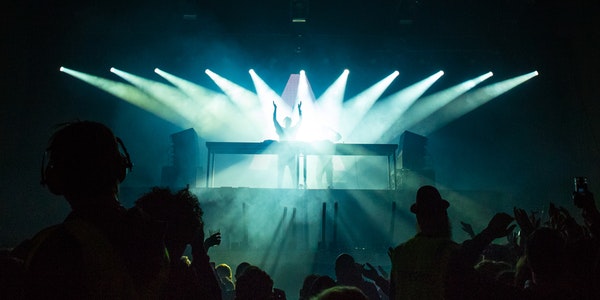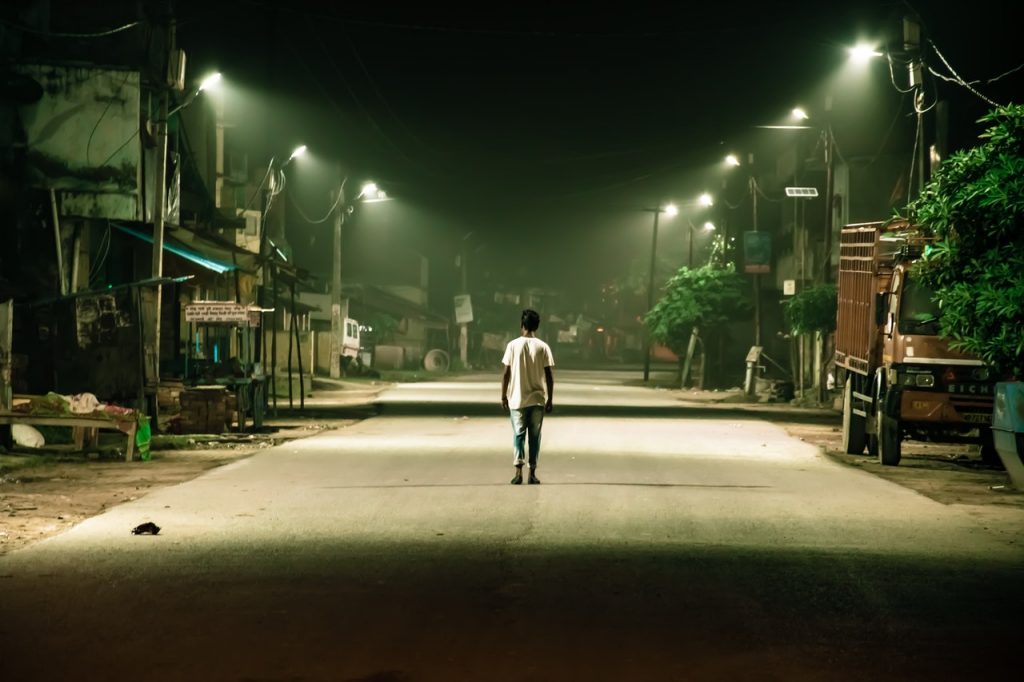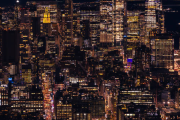Energy-saving Retrofit Access Plan
contract energy management
The contract energy management project is to fully mobilize the enthusiasm of energy-consuming units and energy-saving service institutions for energy-saving renovation of facilities, and to recover the project investment and obtain benefits by saving energy costs. Adopt investment subsidies and energy-saving incentives to support the implementation of energy-saving renovation projects through contract management. The following conditions must be met to adopt this scheme:
- The project is mainly invested by energy-saving service companies (at least 50% of the investment).
- The objects supported by government funds mainly include public institutions and large public buildings of more than 20,000 square meters.
- The energy-saving project is equivalent to an annual energy consumption of more than 2,000 tons of standard coal.
- After the transformation, the annual energy saving rate will reach more than 15%.
User’s own investment and transformation method
Energy-saving subsidies are only for investment projects of energy-saving service companies, and users’ self-invested renovation projects do not enjoy government subsidies.
Energy Saving Project Investment Risk
Project investment risks mainly include the following aspects:
Financial and financial risks – whether the investment enterprise can obtain bank loans as scheduled. The financial risk is that the energy-saving benefits of the project are incorrectly calculated due to poor consideration. In order to avoid this risk, the investing party takes all possible costs of the project into account, thereby increasing the cost of the project.
Design and technology risks – including: technology selection, technology purchase, technology advancement and maturity.
Equipment raw material procurement risk – whether the installed equipment can operate normally, there is no problem. Mainly depends on the supplier’s production capacity.
Engineering construction risks – including: whether the subcontractor can complete the work specified in the contract according to the scheduled progress and budget with quality and quantity, and its credibility, technical training, and post-maintenance capabilities.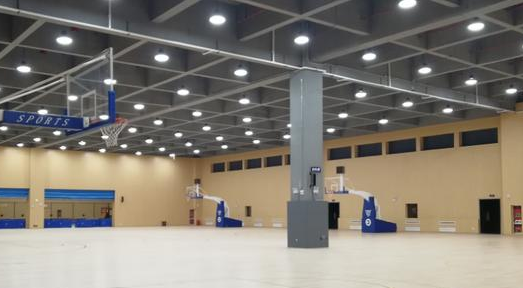
Energy Savings Risk – Will the expected energy savings actually be achieved after the project is implemented. This is the main risk to the investor’s ability to profit from the project.
Investment return risk – Influencing factors include: determining the specific proportion and duration of benefit sharing or fixed return, customers’ ability to pay, policy changes, system reforms, leadership changes, etc.
Uncertainty about LED Products
There are three major uncertainties in LED products, price, quality and after-sales service. In the final analysis, it is the problem caused by the difficult situation faced by the LED industry.
Save energy without saving money
The high price of energy-saving lighting products is a major obstacle affecting the development of the industry. At present, the price of a high-quality fluorescent energy-saving lamp in the market is about $4, an incandescent lamp is only about $0.30, and an LED lamp is priced at $13~18. The difference between the three is huge. The situation that energy-saving lamps do not save electricity and save money has restricted the development of the LED industry. At the same time, products with low prices and poor quality flood the market.
Manufacturers lack long-term strategies, and after-sales service is worrying
Many energy-saving lamp companies are currently at the level of order processing. There are obvious shortcomings in R&D design, sales team formation management, brand promotion, operation management, and channel construction. In particular, some companies lack clear goals and positioning, and ebb and flow with the industry. Therefore, the after-sales service of the product is worrying.
Product quality standards and testing methods lag behind industrial technology
The healthy development of the LED industry is inseparable from relevant technologies and product standards. However, the rapid development of emerging industry technologies has brought common problems such as detection technology and standard formulation. At present, the products lack complete industry norms and standards, and the quality varies greatly, which greatly dampens the confidence and enthusiasm of the market. On the other hand, the LED industry has been highly valued by the government and vigorously promoted product demonstration applications, forming a situation in which standardization and quality evaluation methods lag behind technological development and market application.
The price war is everywhere, and there is a lack of trustworthy professional brands
Although the entire industrial environment has shown a good development trend, it is also necessary to clearly realize that none of the so-called leading LED companies has a market share of more than 2%. This fully shows that the LED industry still lacks brand leaders. The entry threshold of LED is lowered, and the market competition is fierce. At present, there are nearly 2,000 LED packaging companies, and their products are basically in the stage of copying and imitating each other. Homogeneous competition leads to price wars, and there is a lack of benchmarking brands, resulting in product quality and price, and it is not easy to compare similar products in the market.
International Office LED Lighting Application Status
Many countries around the world have announced the timetable for phasing out incandescent lamps. As the first country in the world to plan to ban incandescent lamps, Australia has fully implemented the use of energy-saving lamps this year. The European Union passed a bill to phase out incandescent lamps in 2013. Japan will completely ban incandescent lamps in 2022. The new US lighting energy-saving standards have also come into effect in 2012.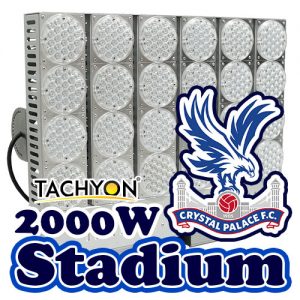
American company Cree, the company’s office building in North Carolina, has replaced the building’s lobby, conference room, parking lot and entryway with LED lighting.
The headquarters of Royal Philips Electronics in the Netherlands shows the potential of LED lights. The lighting system designed by Philips is elegant and soft. Lighting fixtures are mounted to the imitation ceiling of the building. The fixtures are high power LEDs, each rated at 2.6 W. LED spotlights are used to illuminate the hallway. The market for LED lights like this will grow 30% annually.
The LED renovation project of the underground garage of an office building in Spain uses the cable rack of the original parking guidance system to install LED lighting.
Energy Saving Effect of LED in Office Buildings in China
China has formulated a roadmap to eliminate low-efficiency lighting products (incandescent lamps), promote high-efficiency and energy-saving lighting products, and further promote green lighting projects. The use of LED fluorescent lamps to replace ordinary fluorescent lamps can significantly improve the lighting quality, with bright lines and vivid and smooth lines.
Due to the architectural layout, most high-rise office spaces also need artificial lighting during the day, and lighting electricity has become one of the main energy consumption of office spaces. Relevant studies have shown that the lighting energy consumption of office space accounts for 20% to 35% of the total energy consumption of buildings, and office space lighting has thus become an important link for energy conservation and emission reduction.
Office LED indoor lighting features:
- Energy saving. Using high-quality LED light source, the light emitted by 1W is equivalent to 4-5 times that of incandescent lamps and more than 2 times that of energy-saving lamps under the same electric energy.
Environmental protection. LED is a semiconductor material without any harmful substances and can be recycled. Because it is solid, it is not easy to break.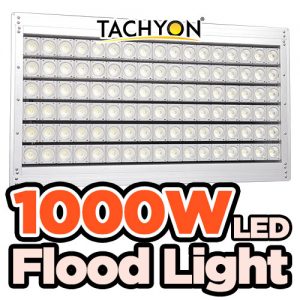
- Long life. The life of LED lamps is generally more than 5 times that of energy-saving lamps under normal use.
- The light color is pure. LED color rendering index (RA) is higher than traditional lamps, generally reaching more than 75, and traditional lamps are about 40-50.
- Can work at high speed. If the energy-saving lamps are frequently turned on or off, the filament will turn black and quickly break down. LEDs are semiconductors and can work in a high-speed switching state.
Energy Saving Analysis
Take 100 T8 type 120CM lamps as an example (assuming 16 hours of use per day)
(1) The annual electricity bill for traditional T8 fluorescent lamps is:
41W × 16 hours × 365 ÷ 1000W/H × 100 pcs × $0.20 / Kwh = $3,741.25.
(2) LED fluorescent lamps, the annual electricity cost is:
19W × 16 hours × 365 ÷ 1000W/H × 100 sticks ×$0.20 / Kwh = $1,733.75.
(3) The annual electricity cost savings of converting T8 fluorescent lamps into LED fluorescent lamps are:
$3,741.25 – $1,733.75 = $2,007.50
The annual electricity cost savings for each lamp is:
$2,007.50 ÷ 100pcs = $20.08
The above data shows that the electricity bill can save $20.08/year per lamp. The actual service life of LED fluorescent lamps is as long as 50,000 hours. Calculated according to 16 hours a day, its service life is equivalent to ten years, and the electricity cost saved in ten years is considerable!
In 2007, we conducted a lamp replacement experiment in a standard conference room of a certain building. Replace the original 414W fluorescent grid light with 251W LED recessed light fixtures.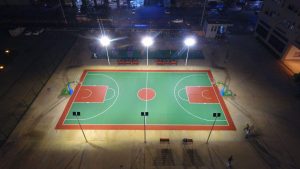
LED Industry Development Trend
Under the theme of green, environmental protection, energy saving and low carbon in the current global lighting market, LED is becoming a new bright spot in the global lighting industry and market. For high-efficiency and energy-saving LED light sources, its growth rate is even faster. In 2010, the output value of China’s LED lighting market was $20 billion, and by 2015 it reached $78.125 billion.
Behind a series of figures is the driving force for the industry and the capital community to work together to promote market prosperity. In the future, the LED lighting industry and market development at home and abroad will show three major trends.
The combination of industry and finance leverages market leverage
The LED display application industry has been highly concerned by the capital market, and the influence of capital on the development of the industry has become increasingly prominent. In the market, the combination of industrial capital and financial capital is still in its primitive stage. At the end of 2010, Ledman successfully listed on the GEM of Shenzhen Stock Exchange, creating a precedent for LED display application companies to enter the capital market.
International LED lighting giants accelerate the development of core technologies
International LED lighting giants Philips and Toshiba have successfully developed 800 lumens LED bulbs in the industry, and are actively developing LED bulbs above 1000 lumens. The goal of CREE Corporation in the United States is to reach 1,000 lumens of LED products per dollar.
LED project receives government financial support
At present, Chinese domestic LED enterprises have achieved rapid development through the Beijing Olympic Games, Shanghai World Expo, Guangzhou Asian Games and Shenzhen Universiade under the encouragement and support of the government. Next, as a new energy-saving light source, LED lighting will be quickly recognized by consumers and enter the homes of ordinary people. The bottlenecks that need to be broken are product categories, specifications, prices, brands, marketing models, and channel construction.

